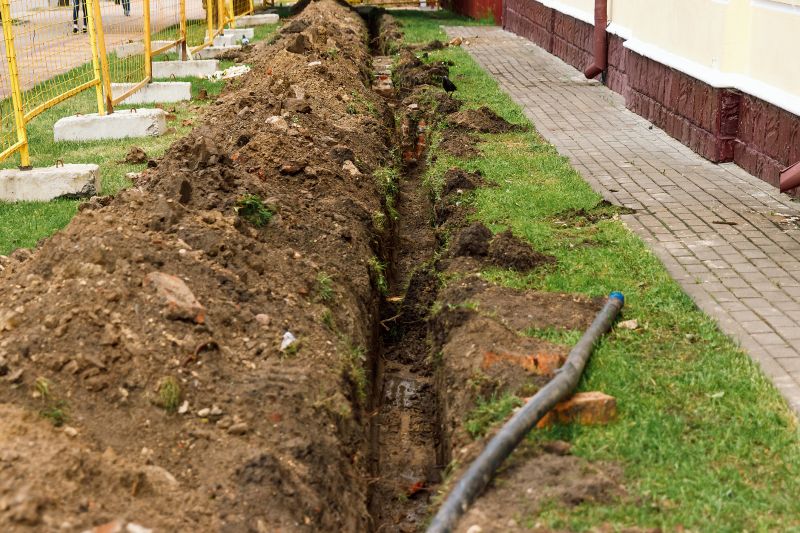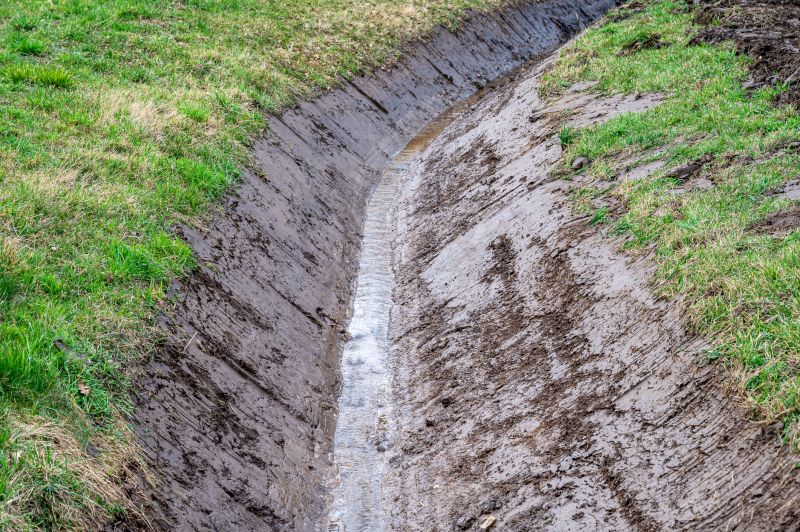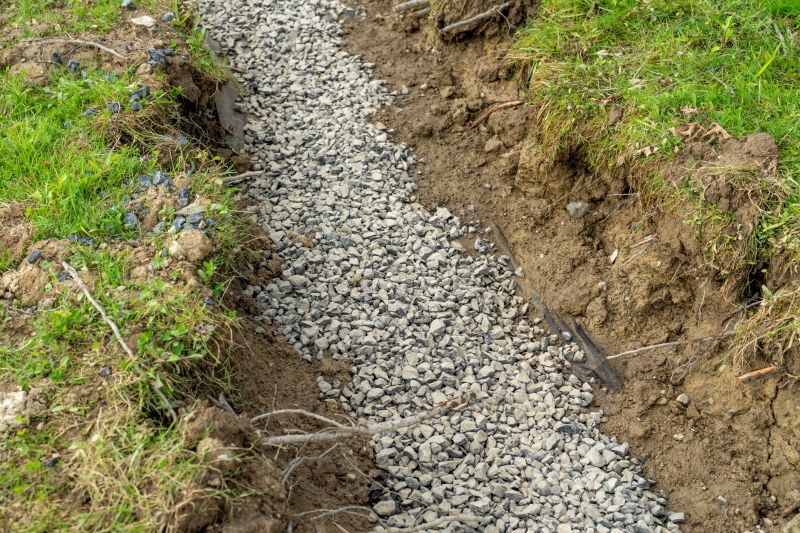Optimal Timing for Drainage Trench Construction
Drainage trench constructions are most effective when performed during periods of dry weather. Dry conditions allow for easier excavation and reduce the risk of water-related delays. Typically, late spring and early fall are ideal times, as they tend to have moderate rainfall and stable soil conditions.
Late spring and early fall provide the best weather for drainage trench projects, minimizing delays caused by rain or frozen ground.
Dry soil is easier to excavate and less prone to collapsing, making construction safer and more efficient.
Heavy rain can cause soil erosion and flooding, disrupting trench installation and increasing costs.
Monitoring weather forecasts helps schedule trench work during windows of stable weather, ensuring project continuity.

Dry weather facilitates easier trench digging and reduces soil instability.

Moderate temperatures and low rainfall support efficient trench installation.

Spring offers favorable soil moisture levels for drainage projects.
| Season | Advantages |
|---|---|
| Spring | Moderate soil moisture, longer daylight hours |
| Summer | Extended daylight, stable weather |
| Fall | Cooler temperatures, manageable rainfall |
| Winter | Frozen ground can hinder excavation |

Efficient trench digging when soil is dry and stable.

Using weather forecasts to plan trench work.

Preparing soil conditions for effective trench installation.

Scheduling projects during favorable seasons.
Interested in drainage trench constructions? Filling out the contact form can provide more information and assist in planning the optimal time for the project based on specific site conditions and local climate patterns.
